2-Bromobenzoic acid
- CAS NO.:88-65-3
- Empirical Formula: C7H5BrO2
- Molecular Weight: 201.02
- MDL number: MFCD00002402
- EINECS: 201-848-6
- SAFETY DATA SHEET (SDS)
- Update Date: 2024-12-18 14:07:02
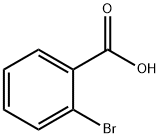
What is 2-Bromobenzoic acid?
Chemical properties
White to light yellow crystal powder
The Uses of 2-Bromobenzoic acid
2-Bromobenzoic acid was used in the synthesis of new zinc(II) ? 2-bromobenzoate complex compounds. It was used as the starting reagent in the synthesis of hemilabile benzimidazolyl phosphine ligands.
Synthesis Reference(s)
Canadian Journal of Chemistry, 43, p. 1306, 1965 DOI: 10.1139/v65-178
The Journal of Organic Chemistry, 59, p. 4042, 1994 DOI: 10.1021/jo00094a007
General Description
2-Bromobenzoic acid (2-BA) on condensation with aminoquinolines yields phenylquinolylamines. 2-BA is the common building block for synthesis of various nitrogen heterocycles.
Purification Methods
Crystallise the acid from *C6H6 or MeOH. The anilide has m 141o (from EtOH/H2O). [Beilstein 9 IV 1011.]
Properties of 2-Bromobenzoic acid
| Melting point: | 147-150 °C (lit.) |
| Boiling point: | 86 °C(Press: 4-5 Torr) |
| Density | 1,929 g/cm3 |
| vapor pressure | >1 mm Hg ( 20 °C) |
| refractive index | 1.6080 (estimate) |
| Flash point: | >100°C |
| storage temp. | Sealed in dry,Room Temperature |
| solubility | 95% ethanol: soluble100mg/mL, clear, colorless to yellow |
| form | Powder |
| pka | 2.84(at 25℃) |
| color | White to light yellow or beige |
| Water Solubility | slightly soluble |
| BRN | 971266 |
| CAS DataBase Reference | 88-65-3(CAS DataBase Reference) |
| NIST Chemistry Reference | Benzoic acid, 2-bromo-(88-65-3) |
| EPA Substance Registry System | 2-Bromobenzoic acid (88-65-3) |
Safety information for 2-Bromobenzoic acid
| Signal word | Warning |
| Pictogram(s) |
 Exclamation Mark Irritant GHS07 |
| GHS Hazard Statements |
H319:Serious eye damage/eye irritation |
| Precautionary Statement Codes |
P264:Wash hands thoroughly after handling. P264:Wash skin thouroughly after handling. P280:Wear protective gloves/protective clothing/eye protection/face protection. P305+P351+P338:IF IN EYES: Rinse cautiously with water for several minutes. Remove contact lenses, if present and easy to do. Continuerinsing. P337+P313:IF eye irritation persists: Get medical advice/attention. |
Computed Descriptors for 2-Bromobenzoic acid
| InChIKey | XRXMNWGCKISMOH-UHFFFAOYSA-N |
2-Bromobenzoic acid manufacturer
Apurva Chemicals
Phone:+919925100339
Whatsapp: +91-9925100339
product: 2-Bromobenzoic acid 88-65-3 98%
ASM Organics
Andhra Pradesh
Phone:91-9866122393
Whatsapp: 91-9866122393
product: 2-Bromobenzoic acid
New Products
(S)-3-Aminobutanenitrile hydrochloride 4-Methylphenylacetic acid N-Boc-D-alaninol N-BOC-D/L-ALANINOL Tert-butyl bis(2-chloroethyl)carbamate 3-Morpholino-1-(4-nitrophenyl)-5,6-dihydropyridin- 2(1H)-one Furan-2,5-Dicarboxylic Acid Tropic acid 1-Bromo-3,5-Di-Tert-Butylbenzene S-2-CHLORO PROPIONIC ACID ETHYL ISOCYANOACETATE 2-Bromo-1,3-Bis(Dimethylamino)Trimethinium Hexafluorophosphate 4-IODO BENZOIC ACID 3-NITRO-2-METHYL ANILINE 1-(2,4-DICHLOROPHENYL) ETHANAMINE (2-Hydroxyphenyl)acetonitrile 4-Bromopyrazole 2-(Cyanocyclohexyl)acetic acid 4-methoxy-3,5-dinitropyridine 1-(4-(aminomethyl)benzyl)urea hydrochloride 2-aminopropyl benzoate hydrochloride diethyl 2-(2-((tertbutoxycarbonyl)amino) ethyl)malonate tert-butyl 4- (ureidomethyl)benzylcarbamate Ethyl-2-chloro((4-methoxyphenyl)hydrazono)acetateRelated products of tetrahydrofuran

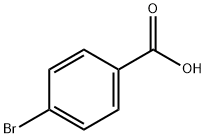
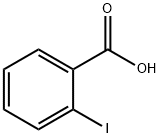


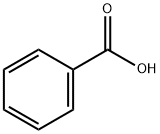

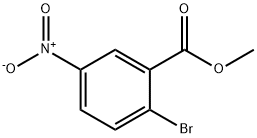
You may like
-
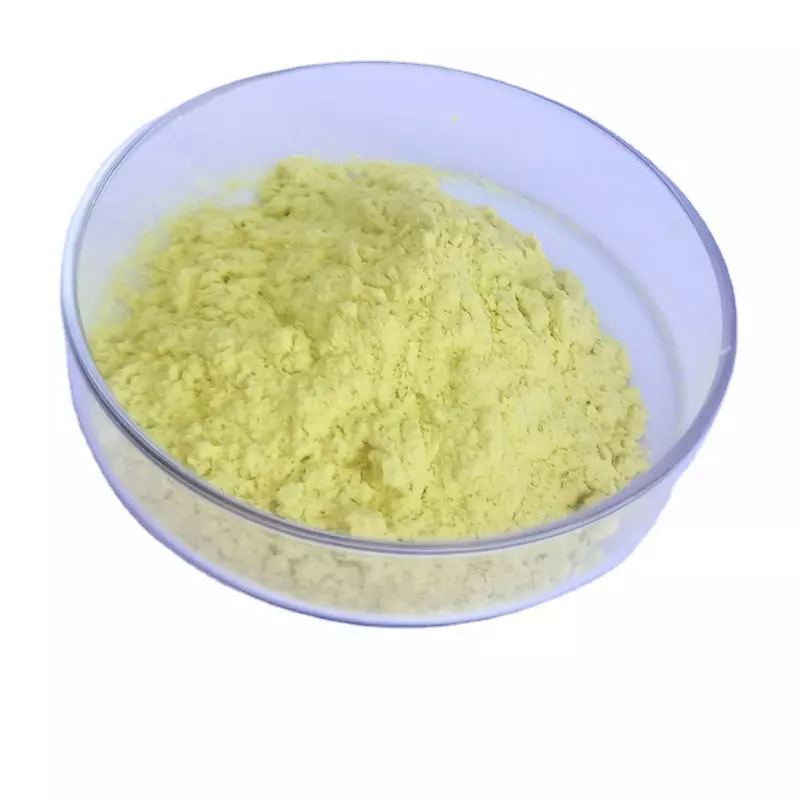 88-65-3 2-Bromobenzoic acid 98%View Details
88-65-3 2-Bromobenzoic acid 98%View Details
88-65-3 -
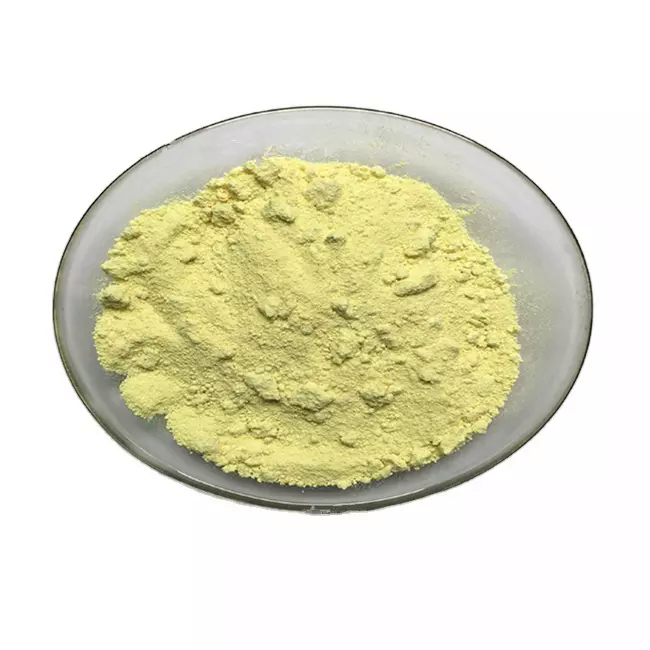 88-65-3 99%View Details
88-65-3 99%View Details
88-65-3 -
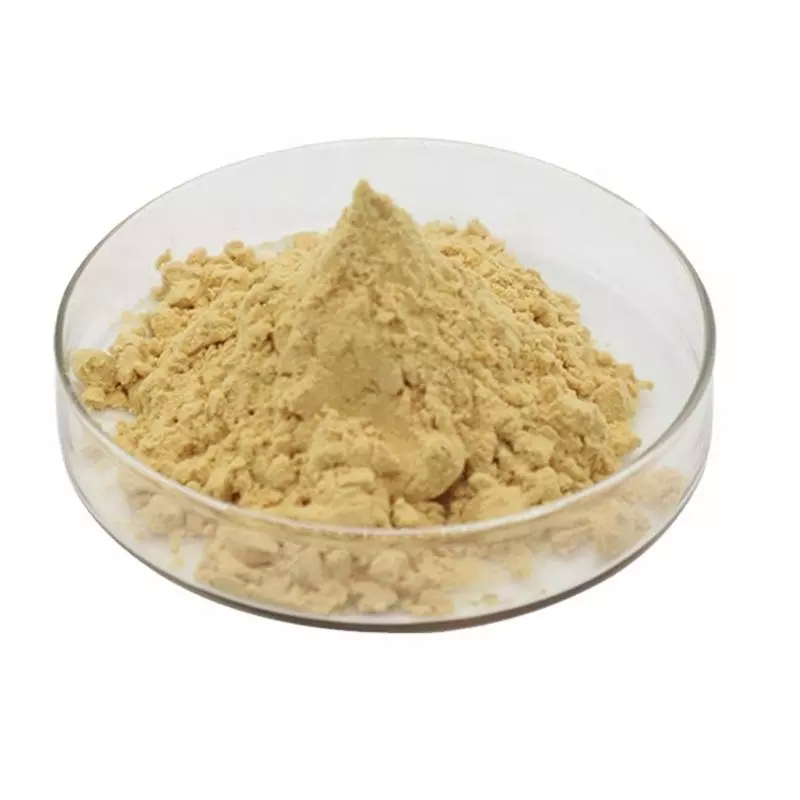 2-Bromobenzoic acid 88-65-3 98%View Details
2-Bromobenzoic acid 88-65-3 98%View Details
88-65-3 -
 2-Bromobenzoic acid CAS 88-65-3View Details
2-Bromobenzoic acid CAS 88-65-3View Details
88-65-3 -
 2-Bromobenzoic acid, 98% 99%View Details
2-Bromobenzoic acid, 98% 99%View Details
88-65-3 -
 2-Bromobenzoic acid 98%View Details
2-Bromobenzoic acid 98%View Details
88-65-3 -
 2-Bromobenzoic Acid CAS 88-65-3View Details
2-Bromobenzoic Acid CAS 88-65-3View Details
88-65-3 -
 2-Bromobenzoic acid CAS 88-65-3View Details
2-Bromobenzoic acid CAS 88-65-3View Details
88-65-3
Statement: All products displayed on this website are only used for non medical purposes such as industrial applications or scientific research, and cannot be used for clinical diagnosis or treatment of humans or animals. They are not medicinal or edible.